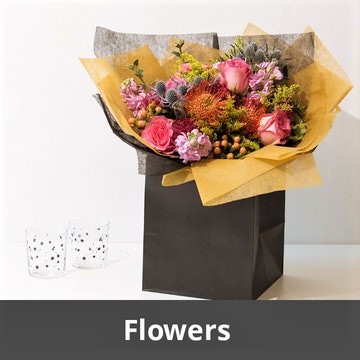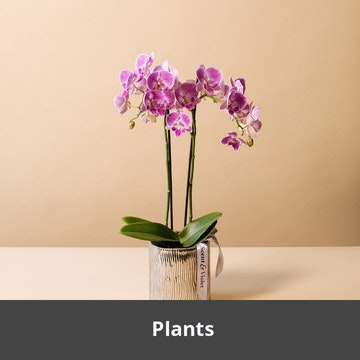Flower Profile: Protea
Posted by scentandviolet on October 29, 2018
With over 1500 species, proteas come in different shapes and sizes, from shrubs to tall trees. Proteas are also known as sugarbushes, due to the excessive amount of nectar the flowers produce.
Flower Profile: Carnation
Posted by scentandviolet on October 11, 2018
Beautiful carnation (Dianthus caryophyllus) was named after Greek word dios (divine) and anthos (flower).
Carnation, beloved staple of European artistic floral design does not enjoy same popularity in USA. There is a reason for that: In the 80s, we saw uprise of "pretend florists" and "grocery store flower shops", who did not know how to design with delicate flowers such as carnation. Instead of investing in proper floral design training, they opted to ruin reputation of one of the most beautiful flowers by calling it "cheap". Our beloved carnations are anything but. European and Asian floral designers continued to appreciate carnations and develop hundreds of new varieties, colors and texture. For some strange reason, we in the US are still stuck in the 80's mode of carnation unappreciation. With the new and young influx of floral designers in US, we are hoping that carnation, our divine flowers will raise back to it's throne.
The Fascinating History of Funeral Wreaths
Posted by scentandviolet on October 9, 2018
The custom of sending funeral flowers is something we take for granted, but did you ever wonder when this tradition began or the meaning behind the traditional funeral wreath?
Plant profile: Hypericum
Posted by scentandviolet on October 8, 2018
Hypericum is plant, herb and, often used in floral designs by Scent & Violet. While berries that we use in our design have no distinct scent as the plant leaves, the structure and the longevity of hypericum has made it one of the often used elements of our floral design. Looking at it, five floral arrangement on our home page have hypericum berries in them.
Plant profile: Dieffenbachia
Posted by scentandviolet on October 6, 2018
Dieffenbachia is native to the New World Tropics from Mexico and the West Indies south to Argentina, but widely cultivated as a house plant.




